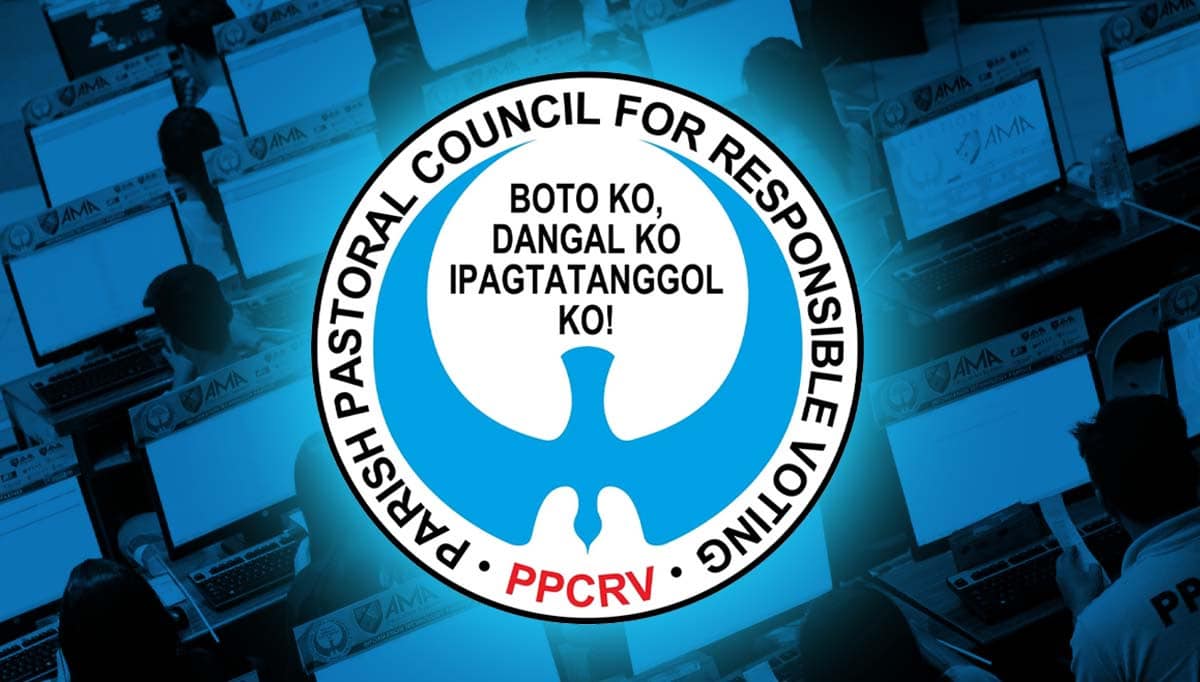PPCRV seeks ‘transparency’ on poll transmission duplicates
Follow Philippines Election Results and Live Updates.

The Commission on Elections (Comelec) has yet to explain the reason behind the reported duplication of transmissions from precincts nationwide, but poll watchdog Parish Pastoral Council for Responsible Voting (PPCRV) said they are hoping that there would be “transparency in what truly transpired.” FILE PHOTO
MANILA, Philippines — The Commission on Elections (Comelec) has yet to explain the reason behind the reported duplication of transmissions from precincts nationwide, but poll watchdog Parish Pastoral Council for Responsible Voting (PPCRV) said they are hoping that there would be “transparency in what truly transpired.”
In a press conference on Tuesday, PPCRV spokesperson Ana Singson said they have faith that there will be an explanation from the Comelec’s side.
“There’s been no explanation. As I have said, we have faith that there will be an explanation, that there would [be] transparency in what transpired and full explanation of the happening of the duplicates [as well as] the difference between what they are seeing vs what we are seeing, because everybody else, aside from PPCRV, are only seeing 79.9 percent versus Comelec who already have eyes on the 98 percent,” said Singson.
PPCRV said they do not want to speculate on what took place, emphasizing that Comelec is already investigating the matter.
But in the same presser, PPCRV Co-IT Director William Yu explained why the doubling of votes transpires.
“Normally, it involves the structure of data that we get: Each row has a clustered precinct, contest code, candidate name, tapos yung votes nya (and the votes). Yung tatlong yan (That three items) should be unique,” said
“That one is something that can be checked for, except that since in the past elections, in-assume po natin na unique po yon (we assume that this is unique)—that there would be no duplicate clustered precinct, candidate name, or contest code,” he added.
According to Yu, they received the first batch of election return transmissions 15 minutes past 8 p.m. on Monday, but these are only “header files” which contain no actual data.
He said they got the complete batch, the one that had data in it, and was able to process it but did not proceed with the publication because of a slight mismatch between the published results and their tally.
“Later on, at around one o’clock, we were informed that they will be revising the dump to remove the duplicates,” said Yu.
“So what we did is we looked at the historical transmissions, so all the dumped files before 2 a.m., and we were able to compare it against our results. If we apply the filter to remove the duplicate entries, they would match the initial tallies that we have,” he added./coa/abc



















